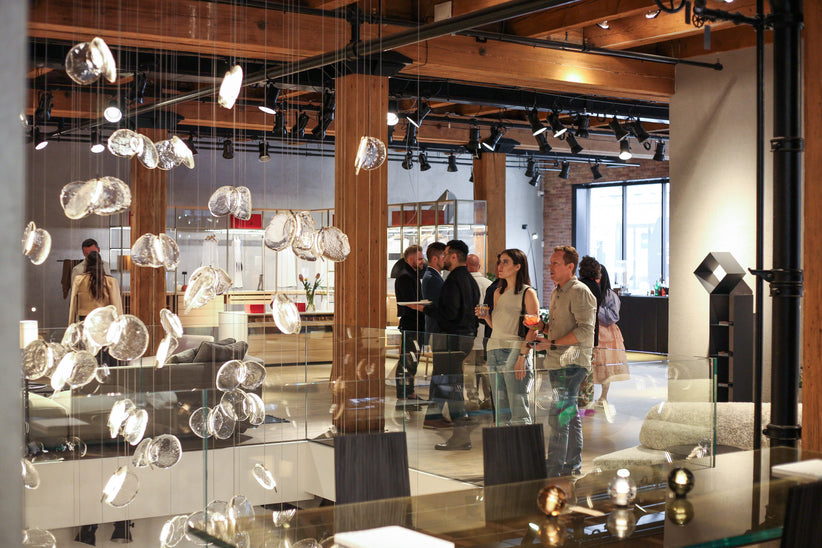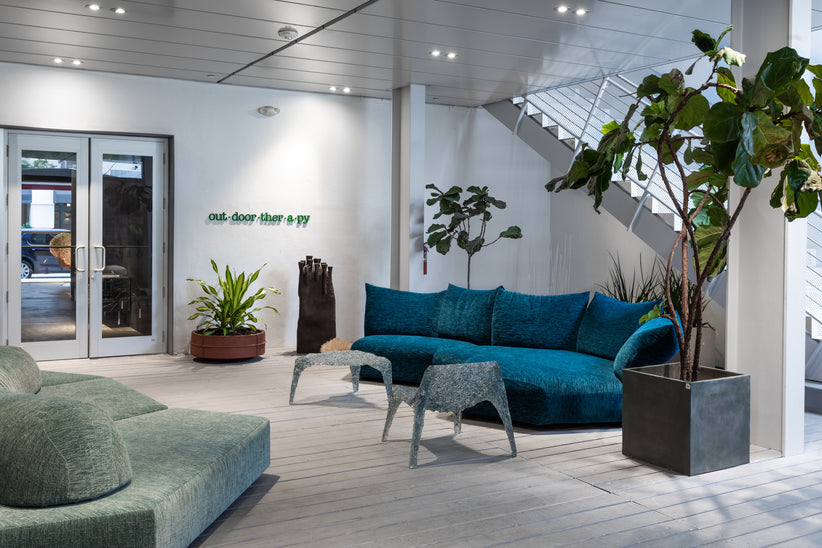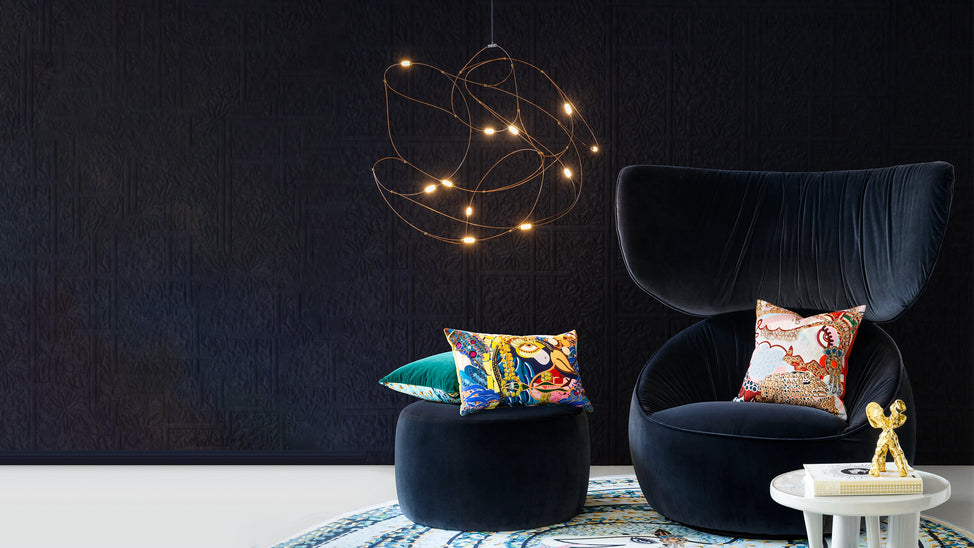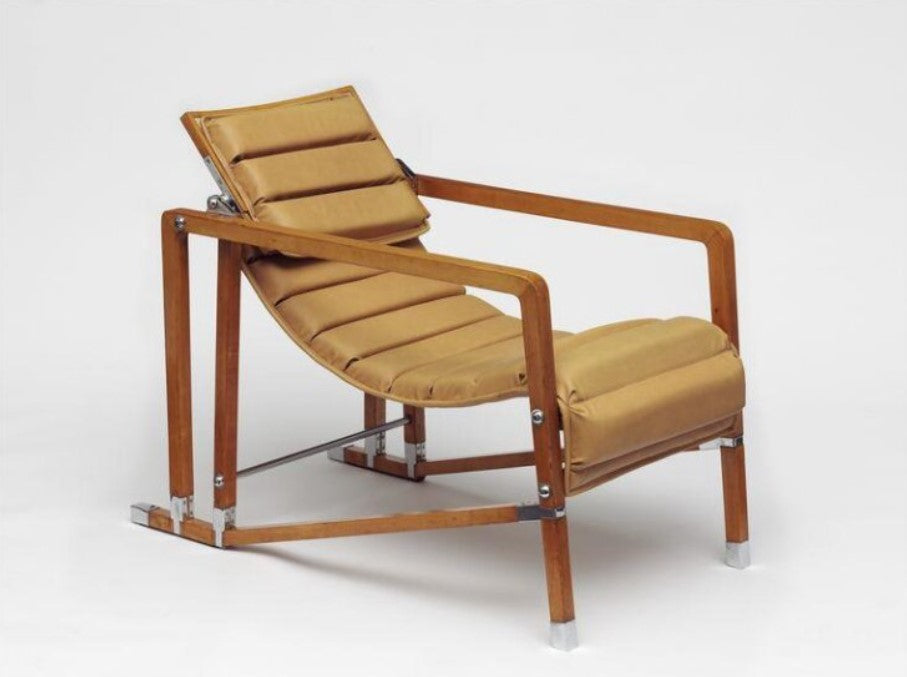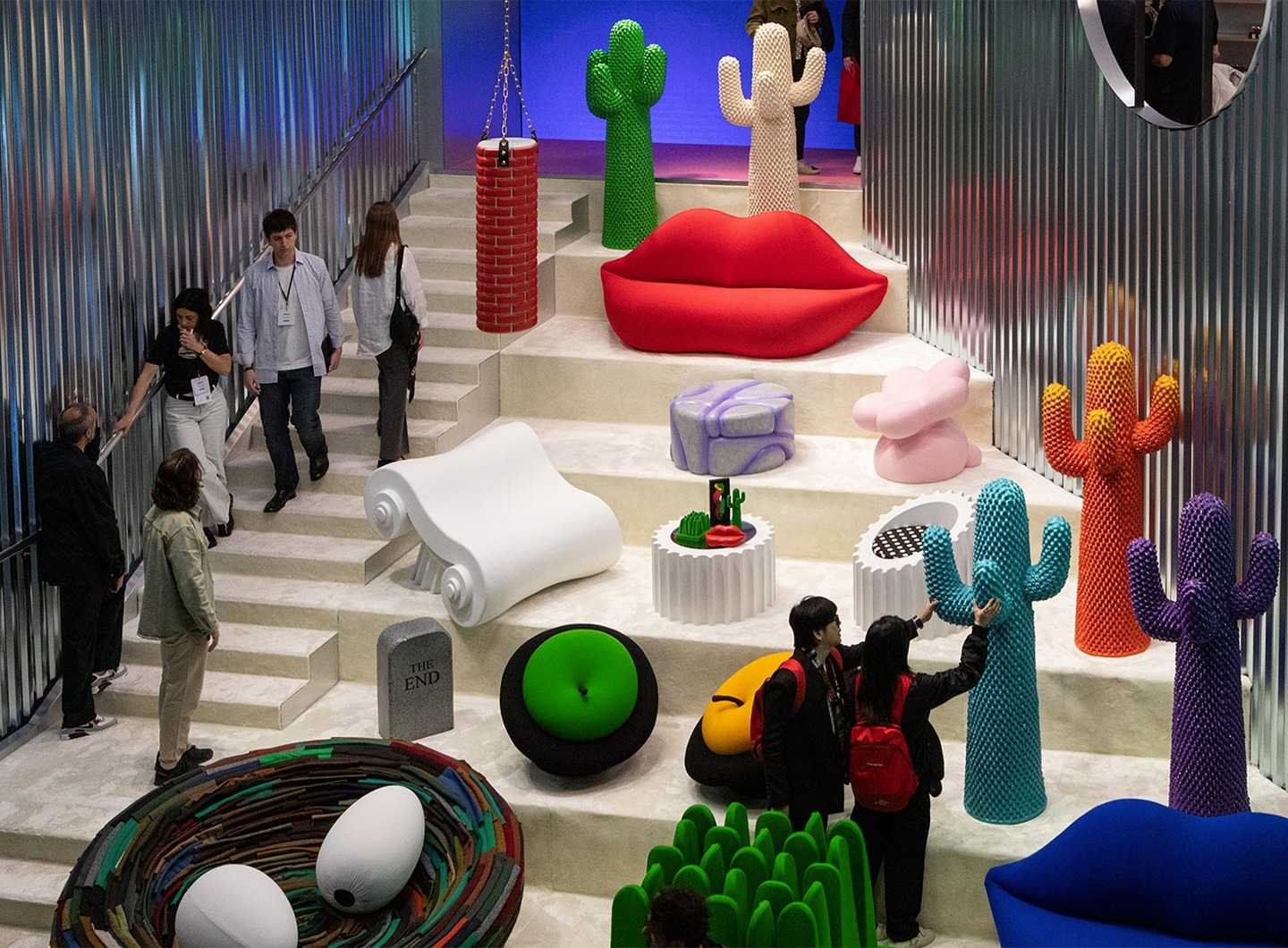For every historic piece celebrated today as a masterpiece of modern design, there are equally revolutionary pieces that may have made waves when they were created, yet today stand silent, drowned out by the buzz of what is new and what remains in the history books as radical and marketable. Today we grant new appreciation to these largely forgotten masterpieces, some returning to our consciousness through auction houses and gallery shows, others awaiting recognition on the corners of design cognizance, conveying an interest and an elegance of notable designers or designers who, for whatever reason, themselves were lost to the pages of a history time forgot, not given the recognition and accolades they deserved. Wrestled from the clutches of obscurity, these pieces remind us of the stunning ingenuity nestled in the quieter enclaves of the past, worthy of celebration for the effect they had on the development of modern design, whose alluring forms and ripe functionality can inspire us to this day as we move about the designs of our daily lives, virtuosic and enthused.
Although revered today as a luminary of modern design, proven thought-provoking, cunning, and resourceful in her ingenious designs of the early and mid-20th century, Eileen Gray was not always granted the recognition her designs merited, many of them going unnoticed at the time or overlooked for grander, more masculine heroes of the early modernist era. Today her 1027 home and the furnishings she crafted for it are known for the transformative effect they had on how we understand and consume modern design, with some, like the E 1027 adjustable table, are still produced today and made available to the public at Luminaire. A forgotten masterpiece of Eileen Gray made have foretold the sleek and natural forms of a Poul Kjaerholm lounge, groundbreaking for its ability to cradle the body in comfort, but was never mass produced, however pioneering its effect on furniture making may have been. The Transat chair of 1027 can not be found on showroom floors today but deserves a spotlight as a tour de force of rigorous geometries and novel comfort, as we admire the curved form of the seat in contrast with the sharp edges of the armrest and legs, a style both reassuring and striking.
As Eileen Gray may have not been taken as seriously as her contemporaries at the time she was producing innovative works of modern ingenuity, in part due to stereotypes of her gender, other designers were also excluded from desired positions due to issues of racial inequality, as with designer Addison Bates and his rejection from working in upholstery as the result of racial exclusions in the American Federation of Labor. Nonetheless, he continued forward advancing Black artistic networks in New York City in the 1920s, 30s and 40s, and crafting inspired works that advanced modern minimalism with customized pieces on his own, some celebrated at the time for their streamlined serenity however lost to history due to his lack of industry connections often granted only to white men. One masterpiece of Addison Bates was the restrained and sophisticated entertainment console designed for William Morris, a sleek and skillfully composed piece that brings an efficient purity of form to living spaces and proved ahead of its time for its ability to transcend fads and hail a mastery of clean geometries.
Some forgotten masterpieces come from highly celebrated designers, for whom so many works are renowned for their distinguished charm that it is easy to overlook some of their repertoire in favor of more popular pieces still readily available today. One such masterpiece is a work of architecture from the venerated Charles and Ray Eames, in partnership with Eero Saarinen: the Entenza House in California, named for the editor John Entenza of Arts and Architecture magazine who suggested this case study in functionality, affordability, and comfort. With a spacious living room connected to an idyllic backyard through sliding glass doors, this masterpiece is an opus to steel and crystal, strength and transparency, against the backdrop of a world still reeling from the effects of the Second World War. Oscar Niemeyer is likewise acclaimed for his work in architecture and design, yet many of his most groundbreaking pieces haven’t been produced since the 1970s, when he crafted sinuous, extraordinary furnishings in partnership with his daughter Ana like the renowned Rio rocking chaise, whose graceful form is a salutation to nature and industry. Lesser known, though still very much a masterpiece of modern innovation, is the uniquely crafted Alta armchair and ottoman, which balances skillfully on a leg that loops playfully to become a backrest, lithe and charismatic. Typically only sighted as a rare specimen at vintage auctions, it is important to remember the Alta as a piece that affirms an organic modernism while giving a hearty nod to forms both essential and unique, taking its place in history as a beacon to that which is forward-looking and fluidly dignified.
Bewitching, avant-garde, pioneering, and decidedly modern, these are but a handful of original and elegant masterpieces lost to the annals of design history, brought to light only occasionally by avid enthusiasts and cultured institutions. The unique story of the significance of these forgotten masterpieces lies in our capacity to reevaluate and cherish these mystified treasures, recognizing their historic bravado in relation to other works produced at the time, a transition from the conventional and outmoded to that which is novel, riveting, sinuous, and insurgent.
May 2024




